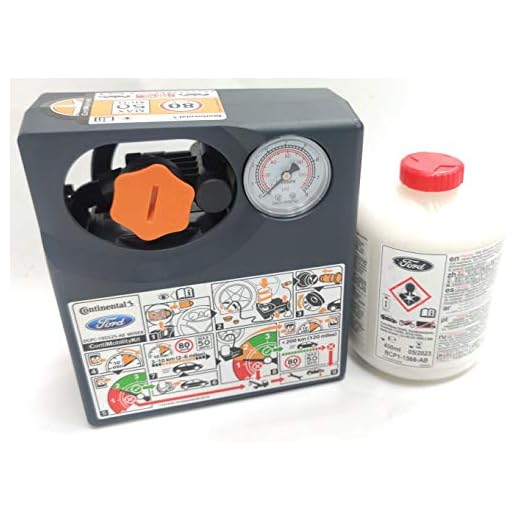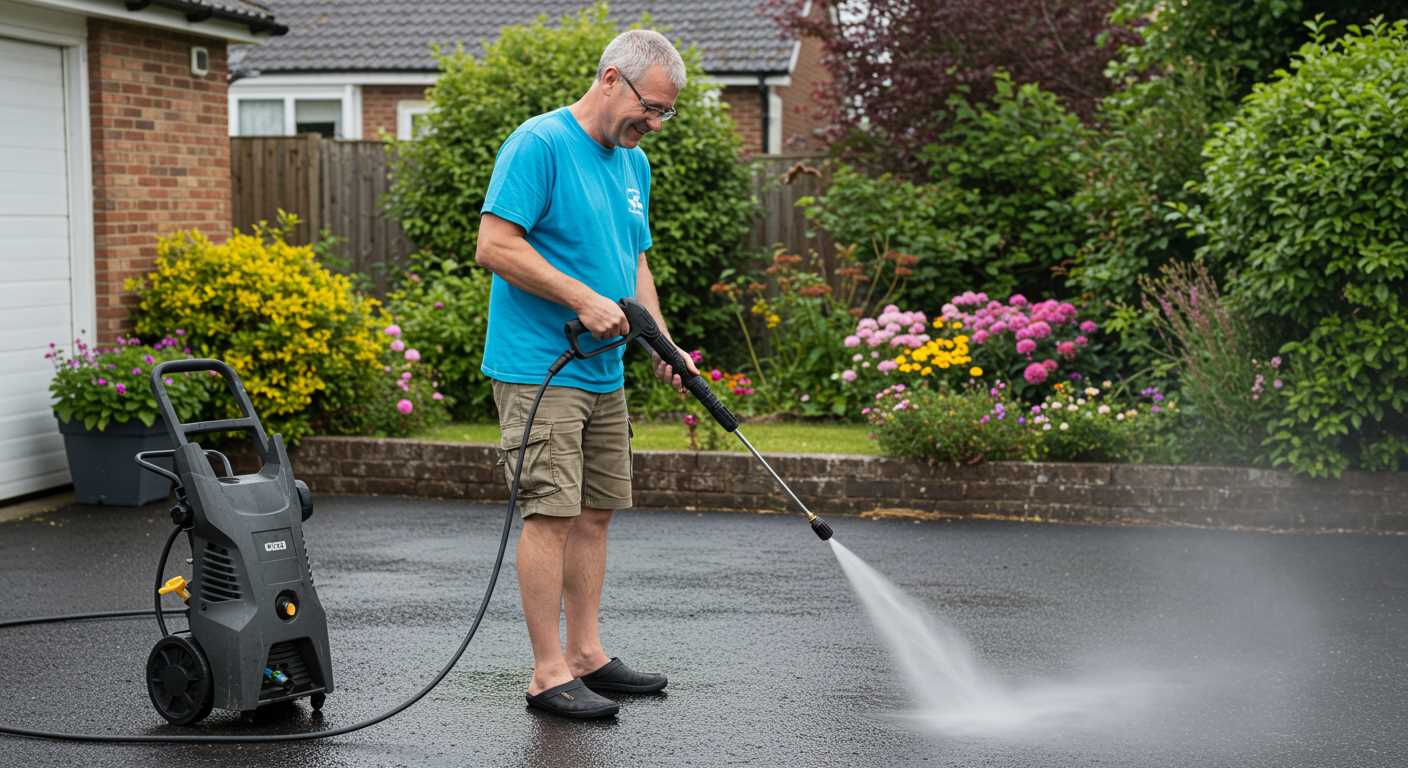



For immediate resolution of leaks or cracks, clean the damaged area thoroughly, removing any dirt and debris. Use a sharp utility knife to trim away frayed edges, ensuring the surface is smooth for future sealing. Next, apply high-quality duct tape around the affected section, wrapping tightly to create a water-tight seal. This quick fix can restore functionality temporarily until a more permanent solution is applied.
For a more durable repair, consider replacing the damaged section entirely. Purchase a compatible replacement segment from a local store or online. Using a wrench, disconnect the ends of the existing line and remove it from the fittings. Attach the new section securely by tightening the connections with the wrench, making sure there are no gaps that could lead to leaks.
Inspect the fittings regularly as well. Loose connections can cause leaks over time. A simple tightening may help maintain optimal performance. Using a sealant on the threads of the fittings can also forestall future issues. This proactive approach ensures longevity and efficiency, keeping cleaning tasks hassle-free and effective.
Identifying the Types of Damage in Your Hose

Inspect for common issues to determine next steps. Look closely at the entire length for visible damage such as cracks, fraying, or bulging. These signs can indicate various problems that require attention.
Types of Damage
- Cracks: Often appear due to extreme weather conditions or prolonged misuse. Pay special attention to areas near connectors.
- Fraying: If the outer layer shows wear, it may result in leaks. Inspect high-stress areas, especially if the cord has been dragged across rough surfaces.
- Bulging: This might suggest internal pressure issues, possibly indicating a buildup of debris or a manufacturing flaw. Such stretches can lead to catastrophic failure if not addressed.
- Leaks: Check for moisture around joints or along the length, signalling compromised integrity. These require prompt investigation to avoid further damage.
Evaluation Techniques
While examining, a simple water test can reveal leaks. Alternatively, listening for hissing sounds during operation provides additional insights into compromised areas. Mark problem sections for easier reference during maintenance.
Being thorough during inspection helps ensure safety and prolongs the lifespan of cleaning equipment. Reacting promptly to any signs of deterioration can prevent more extensive and costly repairs down the line.
Gathering Necessary Tools and Materials for Repairs
The first step in addressing any impairments to a cleaning unit’s flexible tubing is ensuring that all required instruments and supplies are on hand. This guarantees a smooth and effective fixing process.
Required Tools
Among the most common tools needed are:
- Utility knife – for cutting damaged sections of the line accurately.
- Adjustable wrench – helps in securing connectors or fittings.
- Pliers – useful for gripping and manipulating components.
- Heat gun or hairdryer – can assist in softening certain materials for easier adjustments.
- Measuring tape – ensures precise measurements when replacing sections.
Materials to Keep Handy
Next, gather essential materials:
| Item | Purpose |
|---|---|
| Replacement tubing | Used for sections that are irreparably damaged. |
| Hose clamps | Secure connections between the existing hose and new sections. |
| Sealant or adhesive | For fixing leaks in smaller splits or punctures. |
| Electrical tape | Can temporarily fix minor leaks by wrapping around problematic areas. |
| Thread seal tape | Useful for ensuring a tight fit on threaded connections. |
With these tools and materials ready, moving forward with the restoration operation will be more straightforward and less time-consuming, allowing for a better outcome.
Step-by-Step Guide to Patching Leaks in the Hose
Begin by inspecting the damaged area for any visible cracks or holes. Cleaning the surface around the leak with water and a cloth ensures better adhesion of the patch material.
Next, gather a repair kit suitable for hoses, which typically includes adhesive and patches or rubber tape. Cut a patch to size, ensuring it’s larger than the damaged section by at least an inch on all sides.
Apply adhesive evenly on both the patch and the hose surface. After waiting for the recommended curing time, firmly press the patch in place, ensuring no air bubbles are trapped beneath.
Wrap the patched area with additional rubber tape for maximum reinforcement if necessary, overlapping the tape by about half its width with each turn. This extra layer adds durability against future wear.
Once completed, let the hose sit undisturbed for the time specified by the adhesive manufacturer before testing for leaks. A simple pressure test can confirm the effectiveness of the repair.
Maintain the hose by storing it in a cool, dry place, avoiding sharp edges and excessive bending to prolong its lifespan.
Replacing a Damaged Hose Connector

Remove the damaged connector by unscrewing it from the end of the conduit. Use pliers if necessary, but be cautious not to damage the surrounding material. Once detached, inspect the thread for any residue or dirt. Clean the area thoroughly to ensure a proper fit for the new component.
Selecting the Correct Replacement
Identify the size and type of connector needed based on the specifications of the existing fitting. Common sizes include ¼-inch and ⅜-inch. Choose a high-quality connector, preferably made from brass or reinforced plastic, to ensure durability. Verify compatibility with both the nozzle and the cleaning machine.
Installation Process

Begin by applying a small amount of thread seal tape to the male threads of the new connector. This prevents leaks and promotes a snug fit. Screw the new connector onto the cleaned end of the conduit, tightening it by hand first before using tools to secure it further. Avoid overtightening, as this may cause cracks or damage.
After installation, conduct a thorough check by running the device and observing for leaks. Adjust where necessary to ensure a tight seal. Properly reattach any protective covers or shields removed during the process. A successfully replaced connector enhances overall function and extends the lifespan of the entire system.
Testing the Hose after Repair: Ensuring Proper Functionality
After completing the maintenance work, it’s crucial to test the conduit for any underlying issues. Begin by connecting it to the machine, ensuring all fittings are tight and secure. Open the water supply to allow flow through the repaired segment.
Observational Check
Observe the length of the tube for any signs of leaking. Look for water spray or damp spots indicating areas where a seal might not be secure. Pay attention to the connections where the replacements were made; these joints should be free from moisture once the system is pressurised.
Pressure Testing
Activate the sprayer to engage the motor. Maintain a steady outflow of water from the nozzle while monitoring the flow from the repaired section. Any drastic fluctuations in pressure or irregular bursts may indicate a faulty repair or remaining damage. If the stream is consistent without any leaks, the fix has likely been successful. If issues persist, disconnect the equipment and re-evaluate the repairs or components replaced.
Preventative Maintenance Tips to Extend Hose Lifespan
Regularly examine for kinks or sharp bends in the tubing. Position the unit so that the cord can lie flat without tension, mitigating stress on the material.
Run fresh water through the system after each use. This practice flushes out dirt and chemicals, reducing the likelihood of buildup and deterioration.
Store the flexible line coiled loosely in a dry area, avoiding excessive heat or direct sunlight, which can weaken the structure over time. Consider using a dedicated reel to prevent tangling and damage.
Check fittings and connectors periodically for signs of wear or corrosion. Replacing these components early can prevent further strain and potential leaks.
Utilise protective covers when the equipment is not in use. Covers can shield from environmental factors that may accelerate wear and degradation, prolonging overall lifespan.
Inspect the entire length of the line regularly for abrasions or cuts. Immediate attention to minor issues can prevent larger failures and extend usable life significantly.
Consider using a pressure gauge to monitor performance. Anomalies in operation may indicate issues with the liner or connections, allowing for timely intervention.







